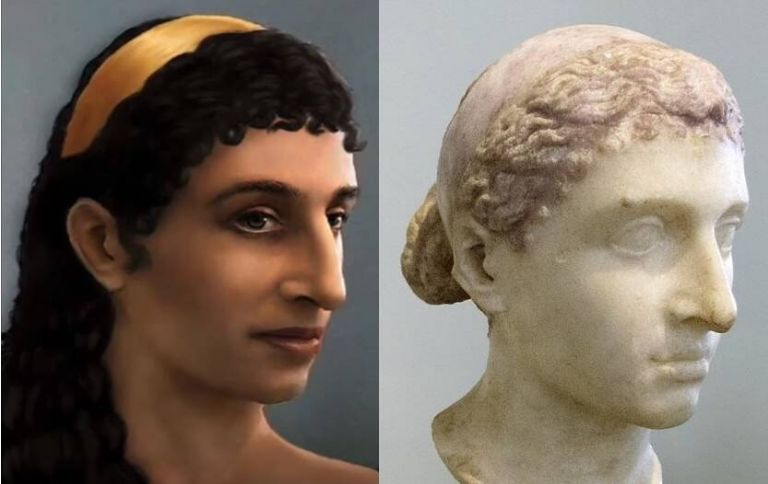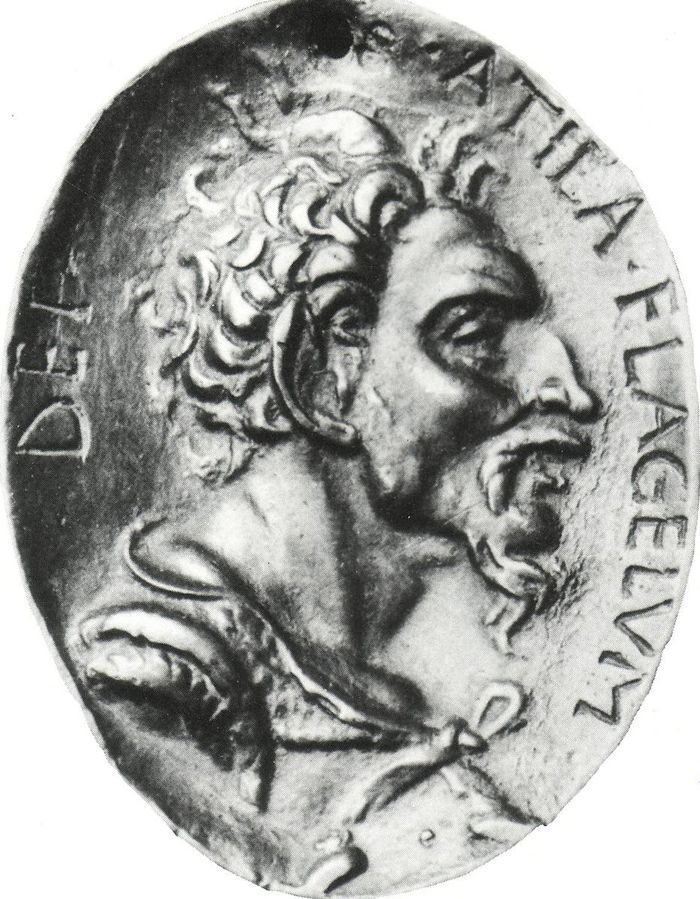5 Keys in Cleopatra’s story

It may interest you: How many kids did cleopatra have?
Cleopatra was the last pharaoh of ancient Egypt. She was a member of the Ptolemaic dynasty, a Greek family that had ruled Egypt for nearly 300 years. She came to power in 51 BC at the age of 18, following the death of her father, Ptolemy XII.
Cleopatra was known for her beauty, intelligence, and political acumen. She spoke several languages and was well-educated, with a particular interest in science and literature. She was also a shrewd politician and a skilled manipulator, able to maintain her power over her own family and eliminate potential rivals.
One of the most famous episodes of Cleopatra’s life was her relationship with Julius Caesar. The two met in 48 BC, and Caesar was instrumental in helping Cleopatra retain her throne. After Caesar’s assassination, Cleopatra formed an alliance with Mark Antony, another powerful Roman leader. Together they attempted to challenge the rising power of Octavian, Julius Caesar’s nephew, but they were ultimately defeated in the Battle of Actium in 31 BC. After the defeat, Cleopatra and Mark Antony both committed suicide, and Egypt became a province of the Roman Empire.
Cleopatra is remembered as one of the most powerful and influential women in history, and her story has been depicted in countless works of art, literature, and film.
Cleopatra: highlights of her life
- Rise to power: Cleopatra was the last of the Ptolemaic dynasty, a Greek family that had ruled Egypt for nearly 300 years. She became queen at the age of 18, and she quickly established herself as a powerful and savvy ruler, with a keen understanding of political strategy.
- Relationship with Julius Caesar: Cleopatra met Julius Caesar in 48 BC, and the two quickly became lovers. Caesar was instrumental in helping Cleopatra retain her throne, and their relationship had a significant impact on the political climate of the Roman Republic.
- Relationship with Mark Antony: After Caesar’s assassination, Cleopatra formed an alliance with Mark Antony, another powerful Roman leader. Together they attempted to challenge the rising power of Octavian, Julius Caesar’s nephew, but they were ultimately defeated in the Battle of Actium.
- Suicide: After the defeat at Actium, Cleopatra feared being captured by Octavian and exposed to a victorious Roman triumph. She and Mark Antony both committed suicide. Her death marked the end of the Ptolemaic dynasty, and Egypt became a province of the Roman Empire.
- Legacy: Cleopatra is often remembered for her beauty, intelligence, and political acumen, as well as her romantic relationships with Julius Caesar and Mark Antony. She is considered one of the most powerful women in history and has been the subject of countless works of art, literature, and film.
- Power of manipulation: Cleopatra was very skilled in using different tactics and manipulation, She was able to use her charm and intelligence to create alliances and gain powerful allies to retain her throne and strengthen her position. She was also very successful in maintaining her power over her own family, and able to eliminate potential rivals.
- Cultural legacy: Cleopatra was the last of the pharaohs to rule Egypt, and her reign marked the end of the ancient Egyptian civilization. But her legacy is not only political but cultural as well, as she was a patron of the arts and sciences, and was responsible for building a library at Alexandria that was one of the greatest centers of learning in the ancient world.






